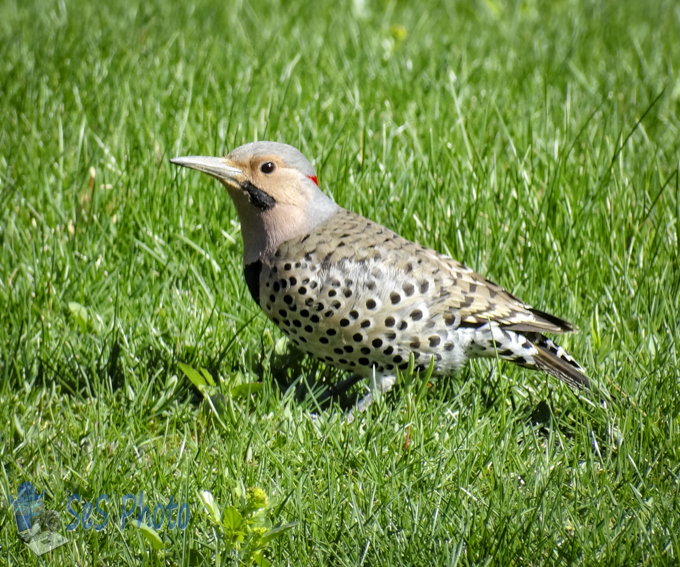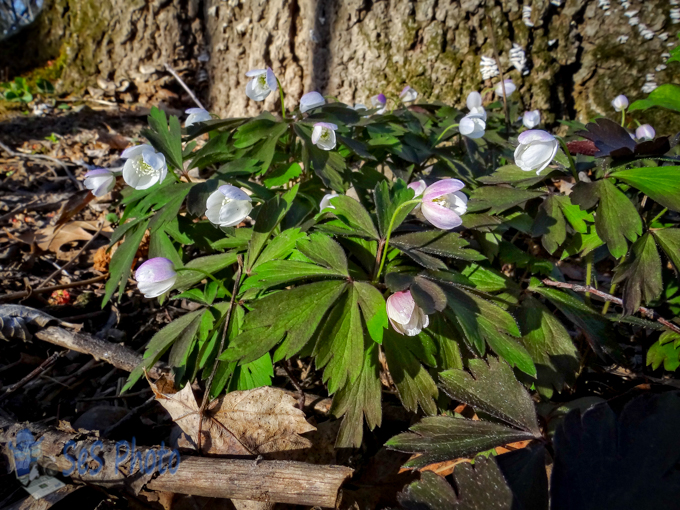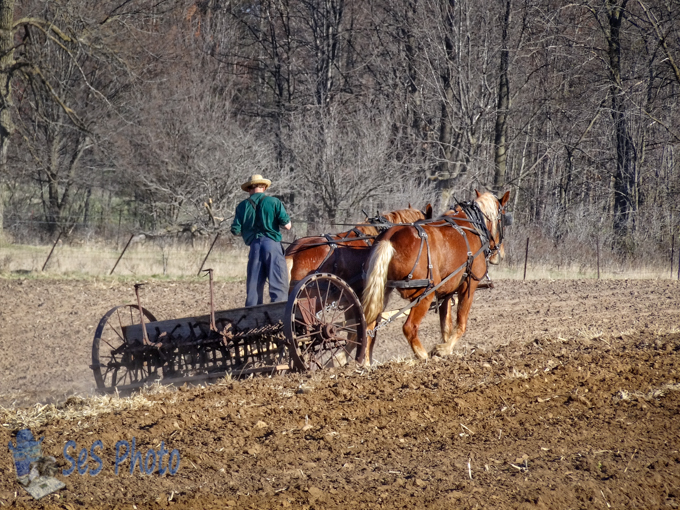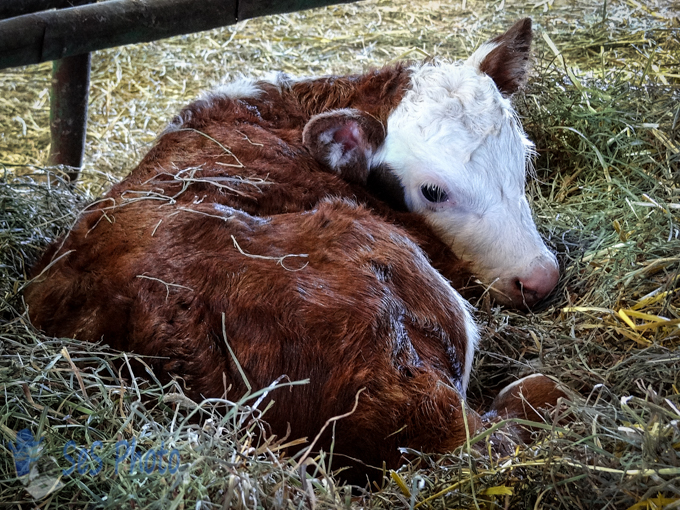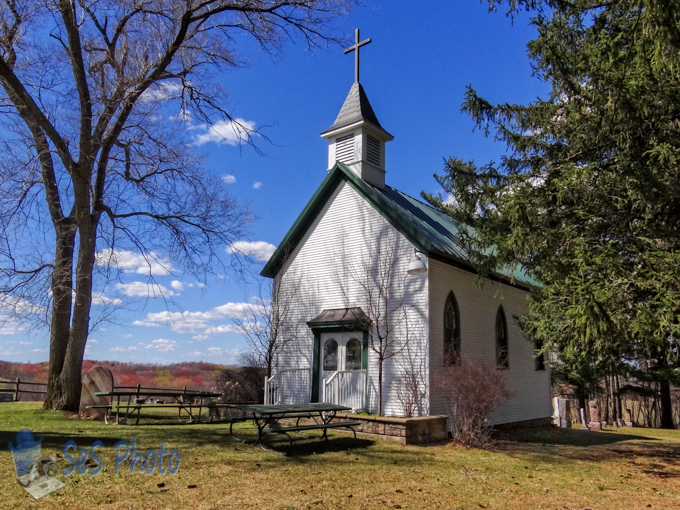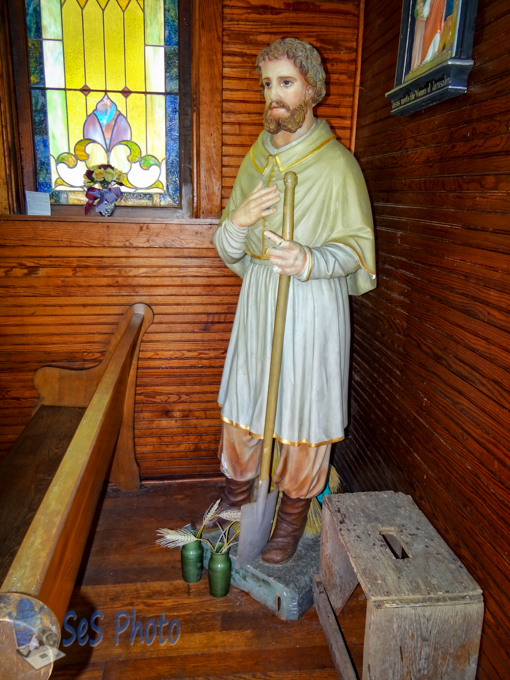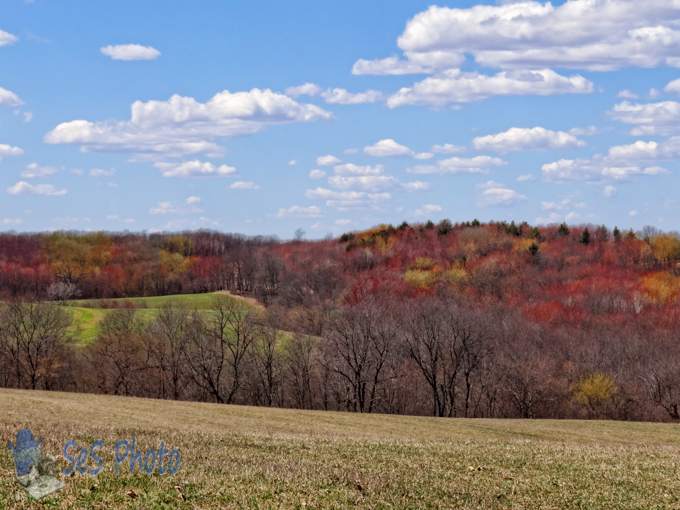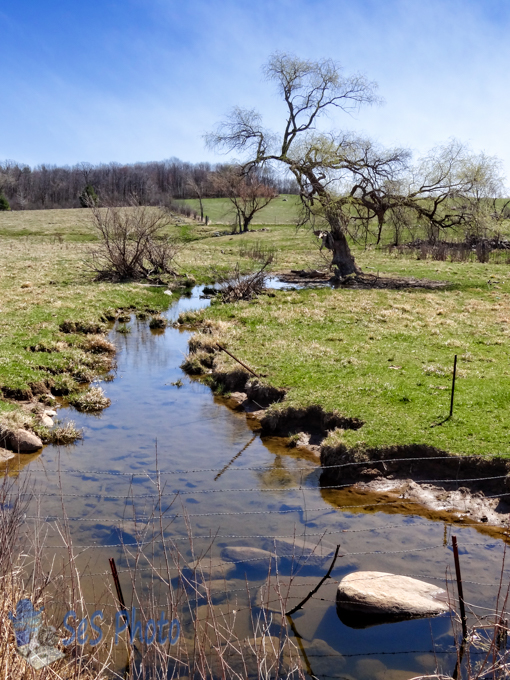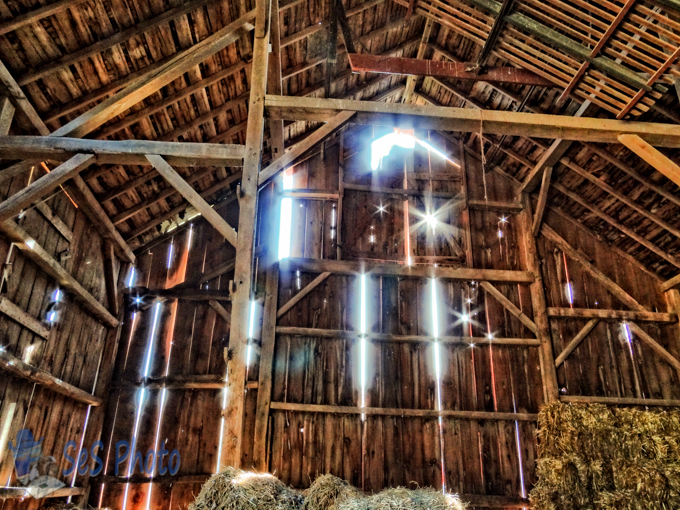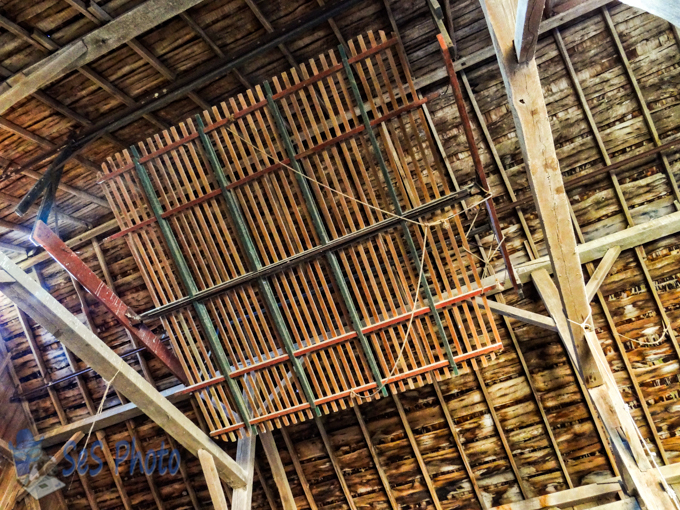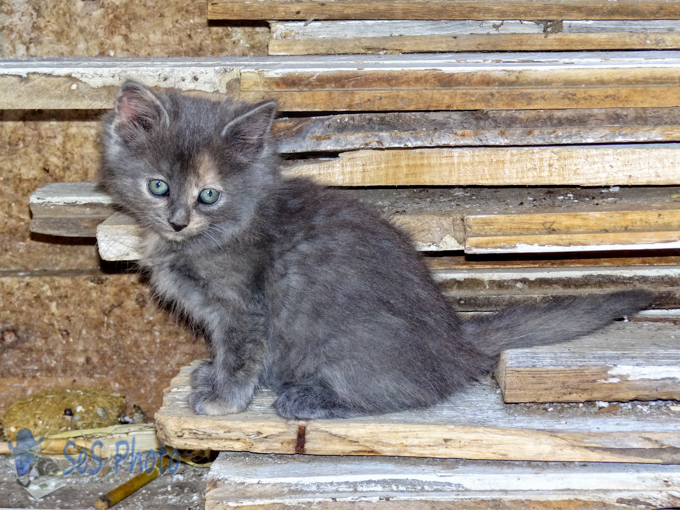Many birds are busy making nests or even sitting on eggs already in birdhouses I have made so I didn’t appreciate the Northern Flicker trying to drill through the top of one the birdhouses. It wasn’t my fault the wind blew down the dead tree a week ago where it nested in last year so he didn’t need to try to destroy another nesting site.
The Northern Flicker spends a lot of time on the ground looking for insects and I see plenty of ants around, one of its favorite foods, for it is eat and capture with its tongue which can extend two inches beyond the end of its bill.
Northern Flicker Looking for Insects


